What’s the difference between Payasam and Pradhaman?
Payasam and Pradhaman – integrant dishes of Kerala sadya are often confused and interchanged. Very often they are referred as common. Similar to Kheer of north Indian dishes, both are desserts served during festivals, marriage functions and other ceremonies. It’s also made at homes frequently as a dessert. Both can be made in wide variety of ingredients like ada, daal, fruits and flowers of different types, cereals etc, and either sugar or jaggery is added to give sweetness to the dish. I too is confused with payasam and pradhaman very often like any other Malayali, and would like to tell you the major difference between these two sweet dishes.

Vermicilli/Semiya Payasam
Payasam and Pradhaman are definitely two
In Thrissur side, Payasam is served for marriage ceremonies and similar auspicious occasions, while Pradhaman is served during death ceremonies like adiyantharam. Only exception is Palada, for which Thrissur cuisine is famous for. But in Thiruvananthapuram side, Ada Pradhaman made using jaggery is served as the first dessert soon after serving two curries with rice. Also read: Kerala’s own sweet Payasam and a few interesting facts to share
What’s the major difference between Payasam and Pradhaman?
Single boiled is Payasam, while double-boiled in Pradhaman. Payasams made of jaggery have long life and it won’t get damaged easily. In those old days where refrigerator was not common in rural villages, soon after jaggery payasams were made, amount needed for the next day will be taken in a bowl or two separately. It can be placed outside in a storage space without any damage if payasam is not stirred using spoons till next day.

Ada Pradhaman with Banana
Both these varieties can be added with or without coconut milk. Chathushatham is a variety where coconut milk is added, and this sweet dish is seasoned with Kadali banana, cardamom powder and coconut pieces (Kotta Thenga) fried in ghee.
Payasams – A part of temple rituals
For pleasing male gods, milk payasams are made. During Ayilya pooja too for pleasing Naga God, paal payasam is made. Sharkkara payasams are for goddesses. Pongala Payasam of Attukal and Chakkulathu Kavu are very famous. At goddess temples, both Sharkkara payasam and ghee payasam made using jaggery are auspicious. For Hindu deities like Shani, Chaathan and Khandakarnam, less taste Arapayasam (half payasam) are served, based on the belief that if they are served with tasteful payasam, they won’t leave us.
Ambalapuzha paalpayasam prepared at the famous Ambalapuzha temple is very famous and known for its distinct taste also. Payasam is prepared in an urli, and milk from each home is added in an order. Milk is only brought from homes with cows and is added instantly so fresh.
As pradhamans are double boiled (first time for preparing ada and later for normal preparations), they are never added as a part of temple rituals or not used for Nivedyams. As per beliefs, if payasam and vada are served together, after given to someone else, it’s a remedy for many doshams. So, it’s used as dosha parihaaram. In local terms it’s called – Madhuram Koduth Ruchikkuka.
When payasams are often confused with pradhamans
Cherupayar paripp (green gram daal) is fried and cooked using jaggery adding coconut milk to make Cherupayar paripp payasam. A few debate it to be a pradhaman, while maximum people categorize it under payasam.
Double-boiled Pradhaman
Ada Pradhaman, Chakka Pradhaman, Pazha Pradhaman – varieties are many. The latest one to be added to the list is Thrissur’s own Palada Pradhaman which is extremely popular. Chakka Pradhaman made from jackfruit is the most common Pradhaman.

Paripp Pradhaman
When was pradhaman born? Though I don’t have any idea regarding this matter, it’s mentioned in a folk song – Mannaan Pattu written based on Chilappathikaran, Tamil classic dated back to 1st century CE. In the song where Kannaki is given name as Deviyaal, there is one occassion when Deviyal searches her lost husband, and the jack fruit tree which knows the details inform her about it, breaking one of its twigs. Milk poured as tear drops and Deviyal blessed the tree with a lot of kids, and that jack fruit pradhaman will be served during marriage ceremonies thereafter.
In fact, the legend of the world famous Attukal Ponkala is also related to rice payasam, and every year millions of women across south India offer Ponkala Payasam at Attukal to please Attukal Amma (Kannaki).

Rice Payasam for Ponkala
If chakka varatti is prepared by adding ghee and jaggery, it can be preserved for a long time. Nendra Pazham (a type of long banana) is quite common in Kerala, and a wide variety of sweet and snack dishes are prepared from it. It’s also used to make Pradhaman, and called Pazha Pradhaman.
Ada for Pradhaman
Unakkalari (a type of raw rice) is powder and prepared batter using coconut oil. Then batter is spread very thin on banana leaf and wrapped well and boiled in water for 4-5 hours. When it cools off, wrapper is opened and ada is chopped into fine pieces. Later it is cooked with milk to get Palada Pradhaman. If it is cooked with jaggery and coconut milk, it is called Ada Pradhaman.

Thrissur’s trademark Palada
Palada gained popularity in Kerala for its taste, when cow’s milk became commonly available here. Thrissur’s Palada is indeed very famous, and earned the name of ‘King of Pradhamans’. Thrissur’s Palada has a story related to Emergency period, imposed by Indira Gandhi, India’s Prime Minister then. i.e. It was commercially prepared for the first time long back in 1975.
It was prepared by M. S. Krisha Iyyer (locally known by the name Manikya Nambi) for Kerala Brahmin Sabha, and it was distributed at Vadakke Samooham, Shornur road of Thrissur. It became a grand success and since then Iyyer regularly prepared Palada Pradhaman. He soon became a brand ambassador of this tasty Pradhaman.
Before I conclude
Both Payasam and Pradhaman share great link with Kerala tradition, and both are frequently specified in popular culture, movies, literature etc. In the famous novel, Manchal written by V. K. N, it’s specified how to eat payasam.
Also read a few more posts related to Kerala cuisine. Here is the page link. Click on the images to read
(Visited 4,572 times, 1 visits today)




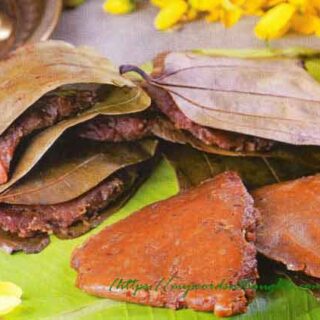
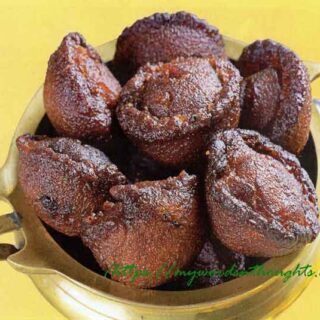
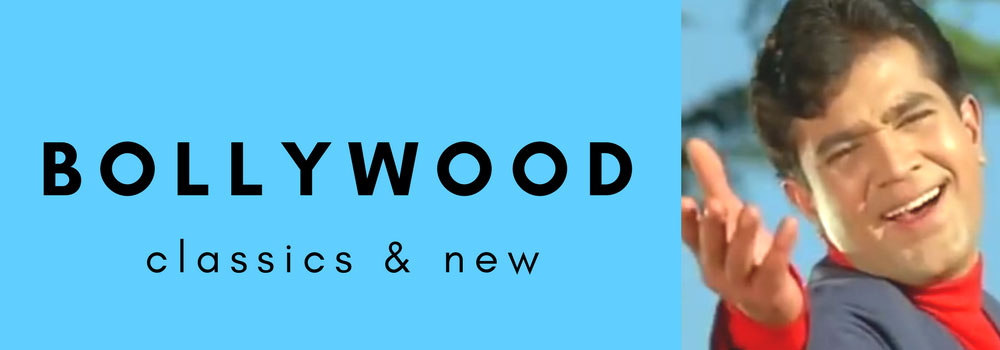
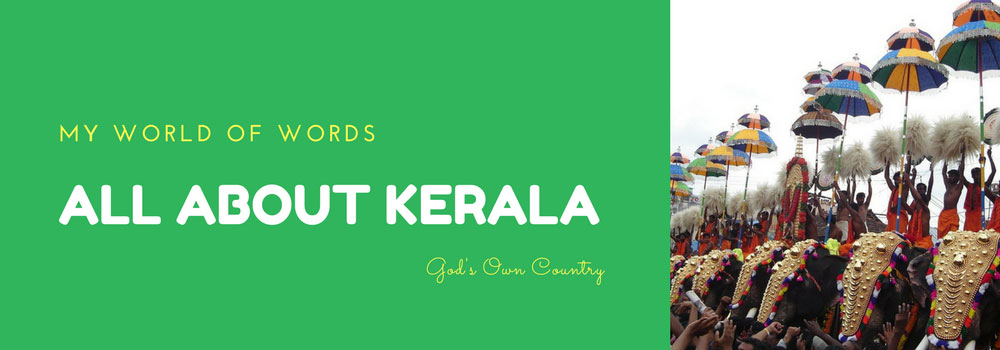
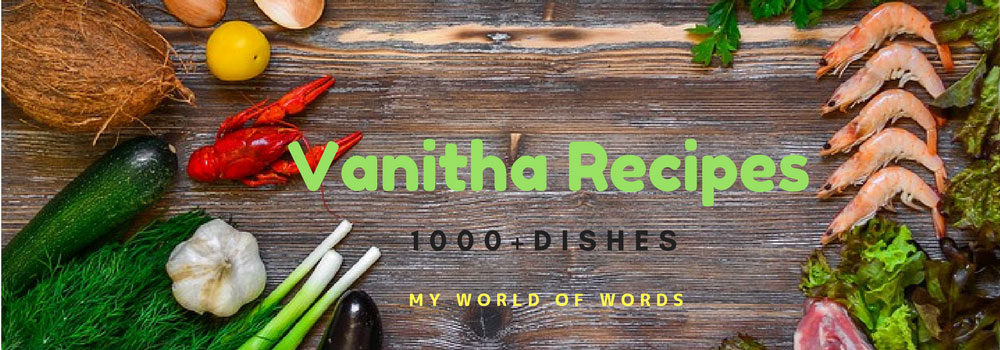
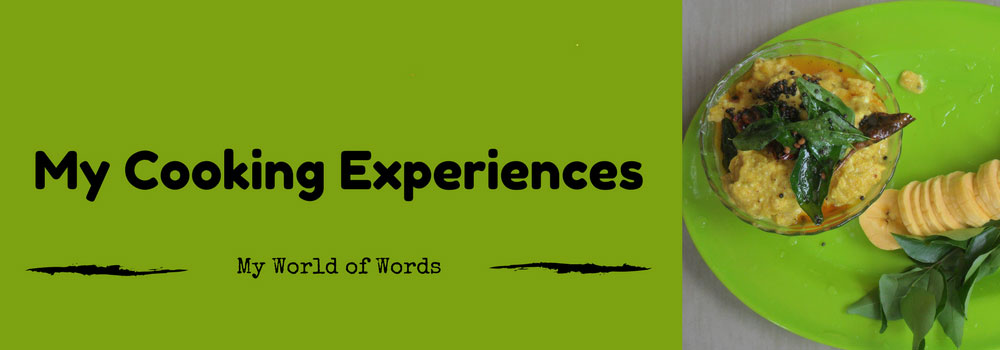


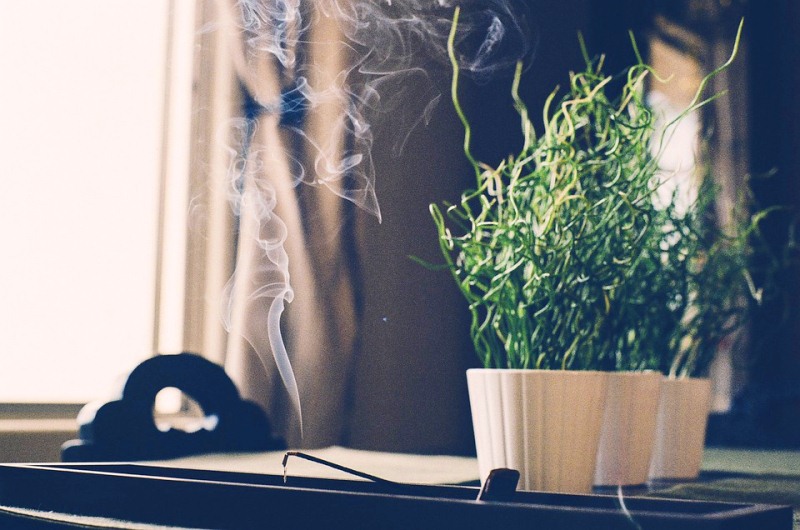

Recent Comments